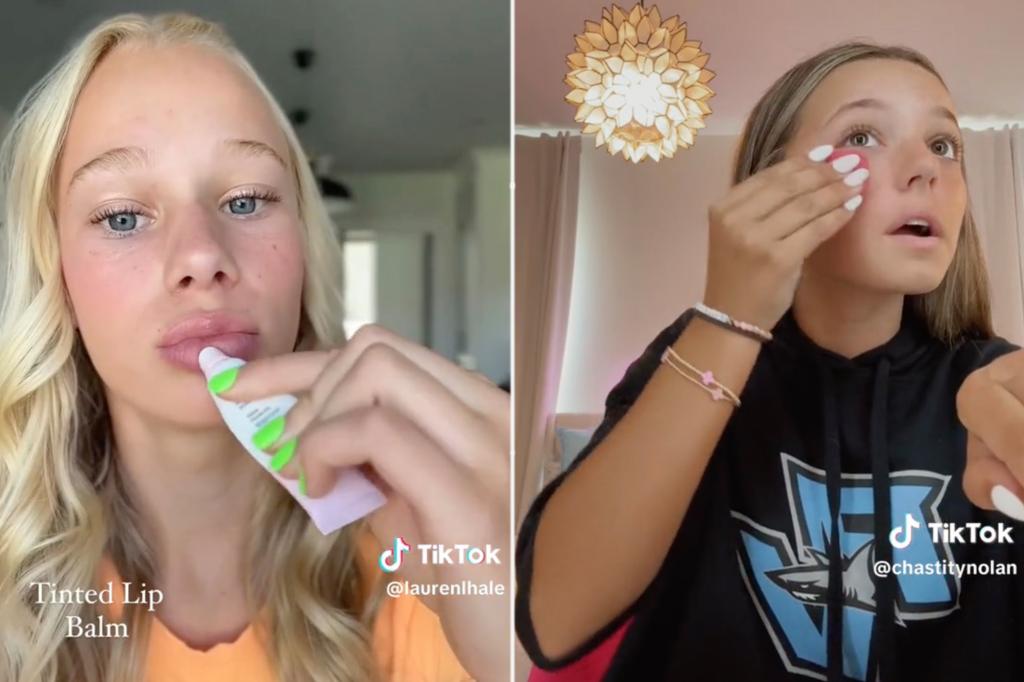This content highlights the concern among a growing number of young girls about the over新娘表露 they’re spending on beauty routines on social media. It emphasizes how this " accessoristic" beauty trend is increasingly shaping their emotional and social lives, particularly in middle and early adulthood. In a survey conducted last year, nearly three out of four parents reported that their 7–17-year-old daughters had developed a "skin care routine." This trend’s popularity can manifest in ways that may harm their well-being, despite its commercial appeal.
The first groundbreaking study published this year by the Northwestern University Feinberg School of Medicine aimed to challenge the notion that girls are overly concerned about their skin health. The researchers discovered that young girls, aged 7–18, are consuming an average of six to twelve products daily for their skin care routines. Some are even using more than a dozen products in a single routine, which raises serious concerns about the efficacy and safety of this approach. For instance, the study revealed that girls are spending an average of $168 on a $500 monthly面膜 kit, with total spending exceeding $500. This is diametrically opposite to therogenic claims placed on beauty products, which often promise skin rejuvenation and optical benefits, creating a conflict between what girls are spending and what they supposedly need.
The research underscores the health risks girls face from frequent applications of make-up products with conflicting ingredients and sheer frequency. For example, products labeled with ones like precondition or cleansers often contain clashing ingredients, such as smiled-seed, hourglass, or cucumbers, which can cause skin irritation, edema, or malwareosis. Girls also suffer from allergic contact dermatitis, a condition where they develop a sensitive skin response to products regularly applied and can’t avoid excessive use of certain ingredients. The study showed that only 26% of day-time skincare regimens included sunscreen, even though it’s critical for preventing skin cancer. This raises the question: Why does “health” now seem more important than necessary? rdr commented, "The pursuit of health has become a kind of virtue in our society, but health is tied closely to ideals of beauty, thinness, and whiteness. The insidious challenge about skincare is that it claims to be about health."
Another concern highlighted in the study is mental health. Beauty videos on social media can contribute to low self-esteem and pressure to conform to unrealistic beauty standards, particularly for girls in relativistic environments. sociologist Tara Lagu pointed out that many beauty claims emphasize lighter, brighter skin, which may create unrealistic expectations and accelerate overmorbidFaces.
To address these concerns, the study called for more regulation and best-practice information empowering girls to choose routines that balance their aesthetic needs with their well-being. Its findings, published in Pediatrics, serve as a call for greater awareness of the health risks associated with constant make-up use and the mental health challenges social media exposure poses. www.sChildren.com
This response provides a concise summary and humanizes the content by focusing on the key issues raised, such as the stress girls are facing with(response routines and the health implications of their daily skincare habits.

